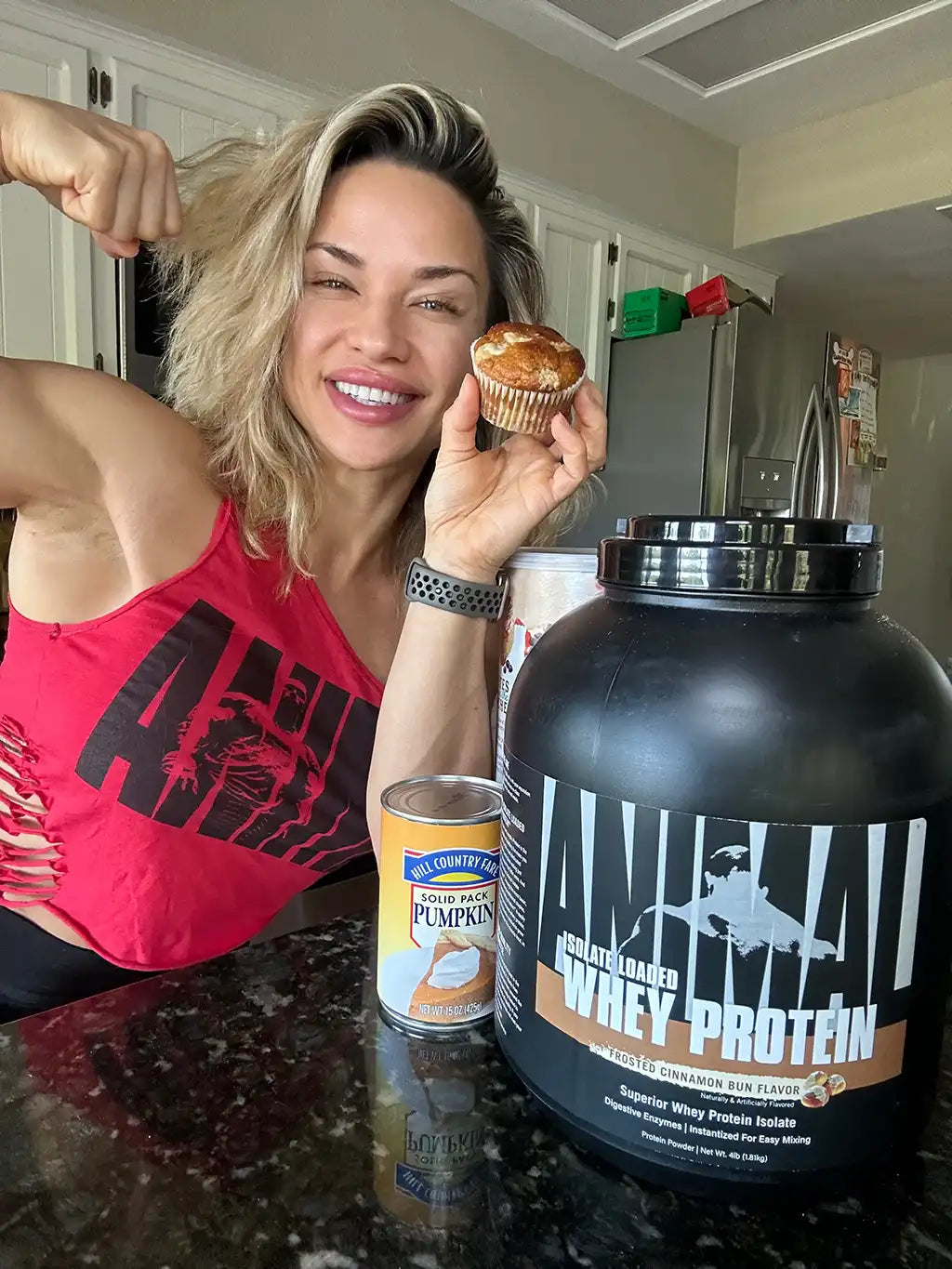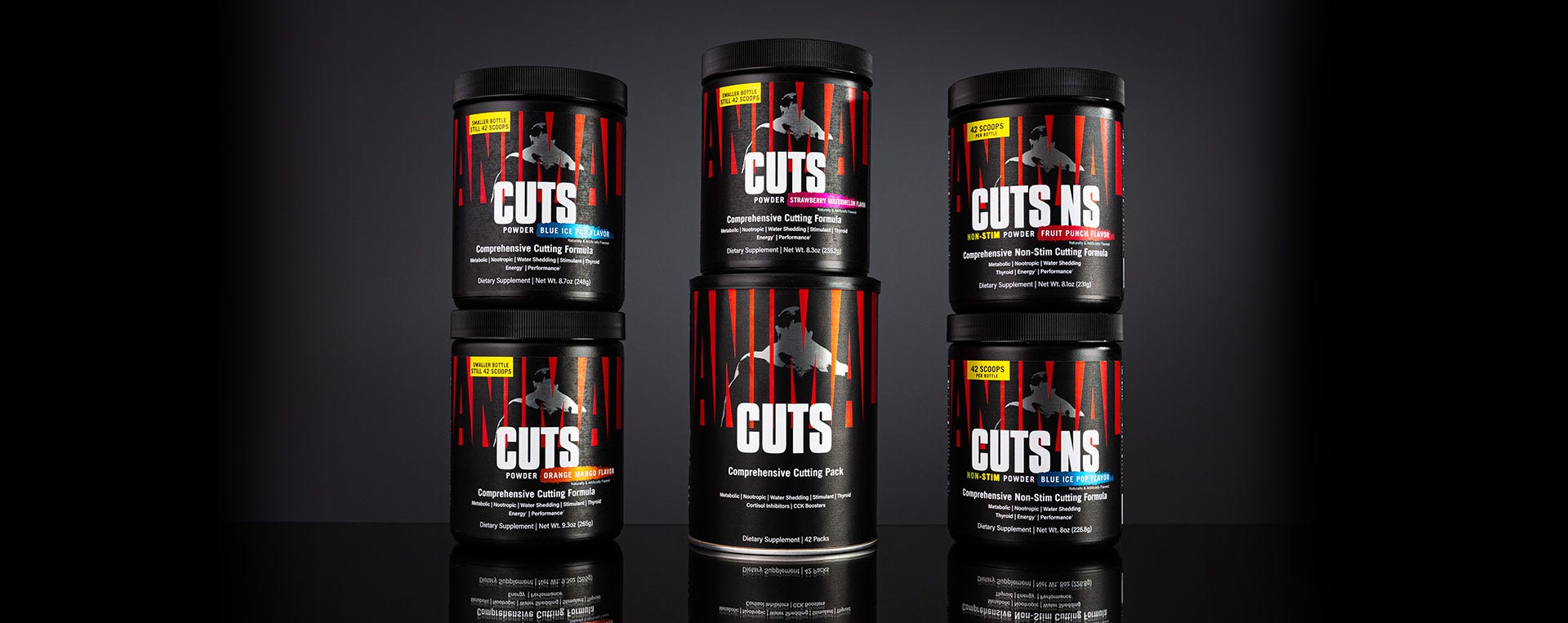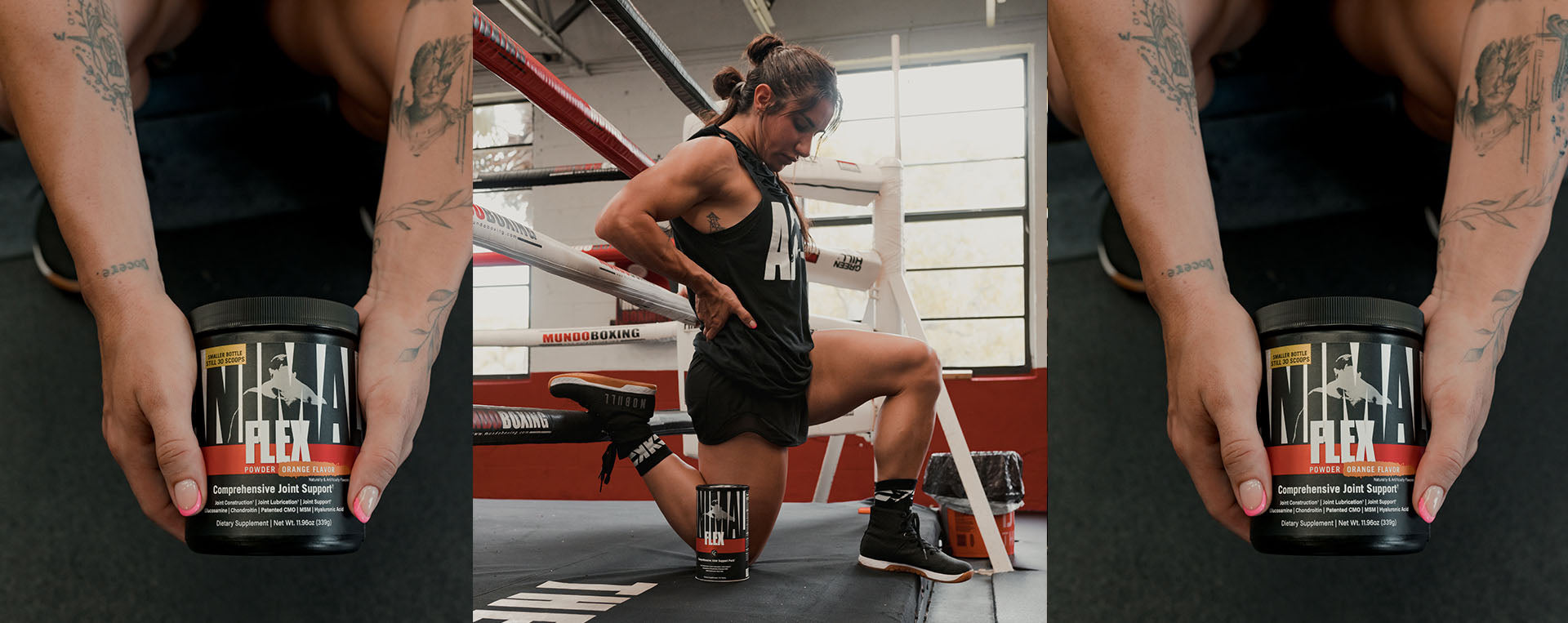The contest season has ended and now in the off-season it’s time to talk cheat meals. The off-season is meant to bring some normalcy back into our lives, which includes more variety in food selection and partaking in social gatherings. My dieting approach will allow you to keep making off-season progress while enjoying a variety of foods as you adhere to your plan.
We can define a cheat meal as a meal you eat that is not on your prescribed rigid diet plan. When all your meals are chicken and rice, that pizza you want is not on the plan and would be considered a cheat meal. I am not a fan of the term “cheat meal.” I believe it promotes a success versus failure mindset within a diet. Foods do not have to be good or bad; on plan or off plan. Don’t think about food in the off-season as so black and white. Yes, during contest prep we do need to follow a more rigid approach, but in the off-season a flexible approach can be built into a structured diet plan as well.
In order to enjoy a variety of foods and social events, we can implement flexible dieting. My wife and I use flexible dieting every day in the off-season so that we have more options for food within our diet and can enjoy cooking a fun meal together. Adherence is not an issue for us, but for many it can be if the diet is too rigid year-round. Some flexibility in options can increase diet adherence, and the more you adhere the better your progress will be. We make meals that fit within our daily macronutrient needs. These are meals that usually might be considered “cheat meals,” but if we fit them within our daily macro allowance, these are not cheat meals at all since we would still be adhering to the plan.
You will have to learn some skills along the way to implement this approach successfully. You need to be able to weigh foods, read food labels, and track macronutrients. Make sure your structured diet does have the macronutrients listed for each meal and the entire day. I like the MyFitnessPal app to help with looking up food items and providing serving sizes and macronutrient numbers.
We can define a cheat meal as a meal you eat that is not on your prescribed rigid diet plan. When all your meals are chicken and rice, that pizza you want is not on the plan and would be considered a cheat meal. I am not a fan of the term “cheat meal.” I believe it promotes a success versus failure mindset within a diet. Foods do not have to be good or bad; on plan or off plan. Don’t think about food in the off-season as so black and white. Yes, during contest prep we do need to follow a more rigid approach, but in the off-season a flexible approach can be built into a structured diet plan as well.
In order to enjoy a variety of foods and social events, we can implement flexible dieting. My wife and I use flexible dieting every day in the off-season so that we have more options for food within our diet and can enjoy cooking a fun meal together. Adherence is not an issue for us, but for many it can be if the diet is too rigid year-round. Some flexibility in options can increase diet adherence, and the more you adhere the better your progress will be. We make meals that fit within our daily macronutrient needs. These are meals that usually might be considered “cheat meals,” but if we fit them within our daily macro allowance, these are not cheat meals at all since we would still be adhering to the plan.
You will have to learn some skills along the way to implement this approach successfully. You need to be able to weigh foods, read food labels, and track macronutrients. Make sure your structured diet does have the macronutrients listed for each meal and the entire day. I like the MyFitnessPal app to help with looking up food items and providing serving sizes and macronutrient numbers.
Options for Matching Macros:
At minimum match the total calories for your flexible meal to your structured meal. If you know your chicken and rice meal is 500 calories, then make sure your flexible meal is within 10-20% of those 500 calories.Match the macros. If you have a meal with 60g carbs, 50g protein, and 15g fat, then construct your free meal based around those macros with a +/- 10% variability. For example, your 210g of jasmine rice (60g carbs) can be subbed out for 300g of red potato (60g carbs). The protein content is different in these items, but that is why you have a +/- 10% for some variability.
To be really accurate with this, I would also count all macros in every food. Using the previous example again, the 210g of rice is also providing 6g of protein. If you aren’t using rice for the meal, you might need to add back in more protein from a meat source to make up for the protein loss from changing the rice out. Personally, in the off-season I do not count vegetables into my macros unless it is a high carbohydrate vegetable item like peas, corn, beets or butternut squash.
If you have a meal you want but it is just impossible to hit the same macros from your structured plan, implement calorie and/or macro borrowing. Allow yourself to borrow 20% of the calories/or macros from another meal to help construct your flexible meal. For example, if you have 210g of rice (60g of carbs) in a meal, you can take out ~12g of carbs from that meal (20%) and add it in to our flexible meal for the day to boost up the carbs. This slight change in macro distribution won’t be a big deal in the grand scheme of things regarding progress in the off-season.
The last option is a completely untracked meal. If you choose not to count numbers and are going purely by eye, then do your best to be reasonable with portion selection. This is the option I would implement for holidays and social events when you just want to relax and not worry about counting everything on your plate.
Of course, it is very acceptable to have a true untracked meal occasionally. Once a month I like to go out and get my favorite pizza from BJ’s Brewhouse. I don’t count anything I eat there and just go enjoy myself. This is a planned untracked meal, so I don’t use the term “cheat meal.” I just eat a reasonable portion and stop when I am satisfied.
John’s At-Home Flexible Sushi Meal
Sushi is one of my favorite meals to have in the off-season, but it is not on my structured meal plan. However, I can make a sushi meal at home that will hit all my macro targets for the day and not detract from my physique progress. For this meal I can actually use the same foods I normally eat.Macro targets: 60g carbohydrate, 50g protein, 5g fat
Yields: 2 sushi rolls (15 pieces total)
Prep time: 15 minutes
Ingredients:
White Jasmine rice, cooked wt 210g (60c/6p/0f)
Chicken breast, shredded, cooked wt 180g (0c/42p/0f)
Avocado, 30g (1c/0p/5f)
Rice vinegar, 1Tbsp
Stevia, 1 packet
Cucumber, 4-6 thin slices
Carrot, 4-6 thin shavings
Sriracha sauce
Soy Sauce
2 Seaweed nori sheets
Cilantro
Wasabi paste
Ginger
*Macros are only counted for main calorie contributors for meal
Chicken breast, shredded, cooked wt 180g (0c/42p/0f)
Avocado, 30g (1c/0p/5f)
Rice vinegar, 1Tbsp
Stevia, 1 packet
Cucumber, 4-6 thin slices
Carrot, 4-6 thin shavings
Sriracha sauce
Soy Sauce
2 Seaweed nori sheets
Cilantro
Wasabi paste
Ginger
*Macros are only counted for main calorie contributors for meal
Tools:
Sharp knife
Food Scale
Bamboo mat (optional)
Bowl water
Rice paddle

Food Scale
Bamboo mat (optional)
Bowl water
Rice paddle

Instructions:
Weigh out 210g of cooked white jasmine rice into a bowl. Add 1 Tbsp rice vinegar and 1 packet of Stevia to rice and mix.
Place one sheet of seaweed paper on bamboo mat or on cutting board. Spread ½ the rice mixture with a rice paddle or fork in an even layer on the middle of the seaweed paper leaving some room at the front and back edge.
Place ½ the shredded chicken on top of the rice on the seaweed paper and spread evenly across.
Layer the cucumber, avocado, carrots and cilantro on to the chicken on the sushi roll.
Optional: add Sriracha sauce prior to rolling up sushi roll.
Wet the front and back inch of the seaweed paper and then roll up by hand tightly.
Slice the roll with a sharp knife into 7-8 pieces. Wetting the blade between each slice will help with smooth cuts.
Repeat same process for second sushi roll.
Enjoy your rolls with wasabi, ginger, and soy sauce.
Place one sheet of seaweed paper on bamboo mat or on cutting board. Spread ½ the rice mixture with a rice paddle or fork in an even layer on the middle of the seaweed paper leaving some room at the front and back edge.
Place ½ the shredded chicken on top of the rice on the seaweed paper and spread evenly across.
Layer the cucumber, avocado, carrots and cilantro on to the chicken on the sushi roll.
Optional: add Sriracha sauce prior to rolling up sushi roll.
Wet the front and back inch of the seaweed paper and then roll up by hand tightly.
Slice the roll with a sharp knife into 7-8 pieces. Wetting the blade between each slice will help with smooth cuts.
Repeat same process for second sushi roll.
Enjoy your rolls with wasabi, ginger, and soy sauce.
Nutrition for 2 sushi rolls:
Calories: 320kcal
Carbohydrates: 61g
Protein: 48g
Fat: 5g
Protein: 48g
Fat: 5g
Additional Information:
You can substitute sushi rice for white jasmine rice, macros are the same.
You can substitute 240g Ahi tuna, raw for 180g Chicken breast, cooked.
Adjust the amount of rice and/or avocado to raise/lower fat and carb macros in meal.
Be creative and add other items that are within your macros (fat free cream cheese, asparagus, jalapeños, etc.
Adjust the amount of rice and/or avocado to raise/lower fat and carb macros in meal.
Be creative and add other items that are within your macros (fat free cream cheese, asparagus, jalapeños, etc.









































